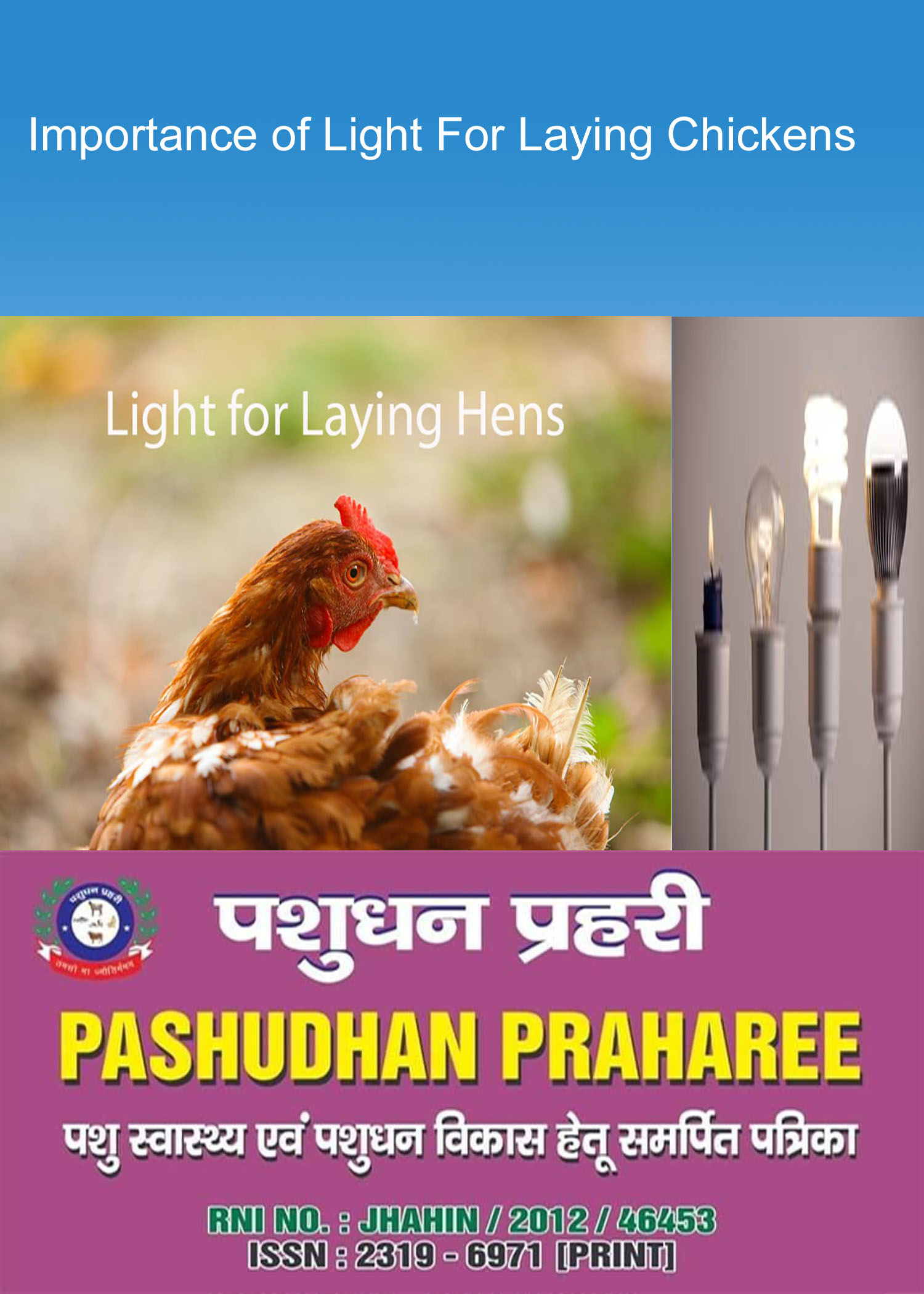Importance of Light For Laying Chickens
Artificial Lighting can keep your chickens laying as daylight hours fall and as most of us know, egg production from all birds is linked to changing patterns of daylight. Hens for example that are kept under natural daylight hours will lay the majority of their eggs during the spring and summer months. Most pure breeds will stop laying during the winter months but good utility strains and hybrids may continue to lay at a lower rate.
******************************************************************************************
There is a gland behind the eyes of our birds called a pituitary gland. When stimulated by light this produces a hormone that is carried via the bloodstream to the ovary which sets egg production in motion. It is therefore possible to give some artificial light to laying birds to ‘trick’ their bodies into continuing to lay.
******************************************************************************************
Adding Artificial Light for your Layers
An extra few hours of light can be added to the morning by using a light and timer. Adding light in the mornings ensures that birds aren’t suddenly caught out in the dark when the lights switch off not having gone through the natural roosting process. The key point to remember is that once the hens are in lay, their daylight hours should not be decreased. For example, pullets that come into lay when there are 16 hours of daylight should have this ‘top up’ lighting added to their mornings to keep their daylight hours constant. You need to ensure the timer remains set correctly after a power cut to prevent your pullets going into moult. For this reason, a digital timer with a back-up battery is a good idea.
Type of Light
The minimum light intensity you should provide should be enough to clearly see the hens feed when standing over the feeder. The light that provides the correct stimulation is a yellow or orange colour that approximates the spectrum of sunlight. Artificial lights that work well are normal incandescent bulbs, halogen lights that produce a yellow coloured light and warm-white fluorescent lights.
Commercial Layers
Commercially, layers are given light to keep them productive for longer and to control their moult however these hens are only kept for 18 to 24 months or so before they are replaced. Since a hen is born with all of the eggs she can produce in her life already inside her, if you intend to keep your hens for their entire life then you aren’t gaining anything in the long run by providing extra light for them but you will be able to get a supply of eggs during the winter months. Birds will eventually need to go through a moult and will stop laying during this time but this can be timed to take place as others are coming into lay who haven’t been kept with artificial light.
DR.SURINDER KHANNA



